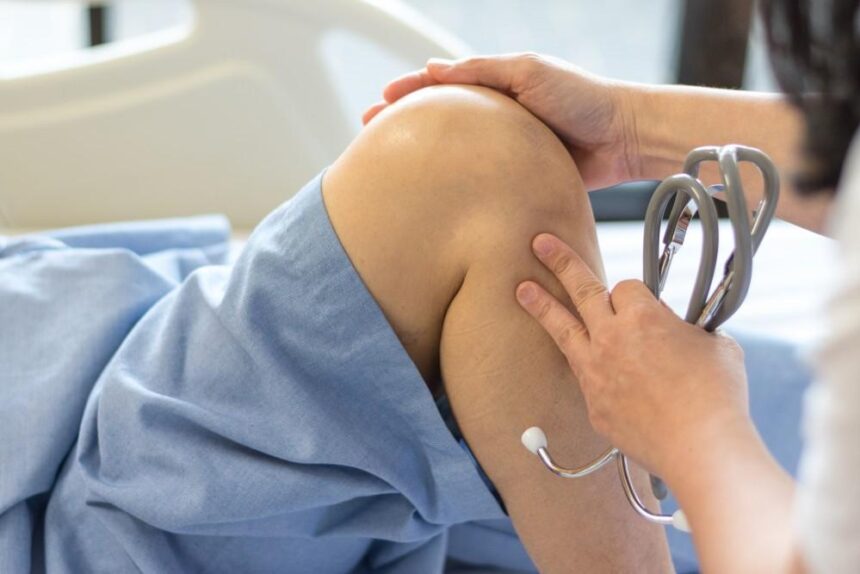The meniscus is a crescent-shaped piece of cartilage located in the knee joint, and each knee has two. These structures act as cushions, absorbing shock between the thigh bone and the shin bone. They also help stabilize the knee and support smooth joint movement. When a meniscus becomes damaged or torn, it can cause pain, swelling, and limited mobility. Meniscectomy, a surgical procedure that removes part of or the entire damaged meniscus, is sometimes recommended to alleviate symptoms and restore knee function.
When Is Meniscectomy Necessary?
Meniscectomy is typically recommended when a torn meniscus causes severe symptoms that cannot be managed through nonsurgical treatments. Initial treatments, such as rest, physical therapy, or anti-inflammatory medications, are used while the injury is being diagnosed. Torn menisci can result from sudden twists of the knee during athletic activity, from gradual wear and tear over time, or from underlying joint issues, like arthritis.
Doctors often identify specific indicators for surgery, including unrelieved pain, mechanical knee issues like locking or catching, and notable difficulty performing everyday activities. For some, removing the damaged portion of the meniscus can help reduce discomfort and improve mobility. It’s key to consult a healthcare professional for an accurate diagnosis, as other knee conditions may present similar symptoms.
What Are Symptoms of a Torn Meniscus?
Recognizing the symptoms of a torn meniscus can help you seek timely medical attention. These symptoms can vary in severity and location depending on the tear. Some of the most common signs include:
- Knee pain: Pain may develop gradually or suddenly, particularly during weight-bearing movements like walking or squatting.
- Swelling: The knee may become swollen, either immediately after the injury or within a day or two.
- Stiffness or Limited Range of Motion: You may experience difficulty fully bending or straightening your knee.
- Catching or Locking: Some individuals feel as though their knee is stuck or catches during movement.
- Instability: A torn meniscus can cause the knee to feel wobbly or unstable.
How Is This Surgery Done?
Not all meniscus injuries require surgical treatments. Minor tears may heal with conservative interventions. A healthcare provider will typically evaluate your age, activity level, the location of the tear, and any coexisting conditions before recommending surgery.
Minimally Invasive Techniques
Meniscectomy is usually performed as an outpatient procedure using arthroscopy, a minimally invasive surgical technique. During arthroscopy, the surgeon makes two or three small incisions around the knee. A tiny camera, called the arthroscope, is inserted through one incision to view the inside of the knee. Other surgical tools are used through separate incisions to remove or repair the damaged tissue.
Different Procedure Types
The surgery itself usually lasts about 30 to 60 minutes, depending on the complexity of the tear. Afterward, patients are encouraged to start gentle movement exercises to aid in recovery, although this will depend on individual factors like age, injury type, and overall health. The procedure typically falls into one of two categories:
- Partial Meniscectom: Only the damaged part of the meniscus is removed while preserving as much healthy tissue as possible.
- Total Meniscectomy: The entire meniscus is removed. This is less common and generally reserved for severe cases where the meniscus is extensively damaged.
Learn More About Meniscectomy
Meniscectomy surgery can be an effective option for individuals dealing with persistent knee problems caused by a torn or damaged meniscus. By removing the problematic tissue, the procedure often helps reduce pain and improve joint function. Contact a medical professional today to explore your treatment options.





